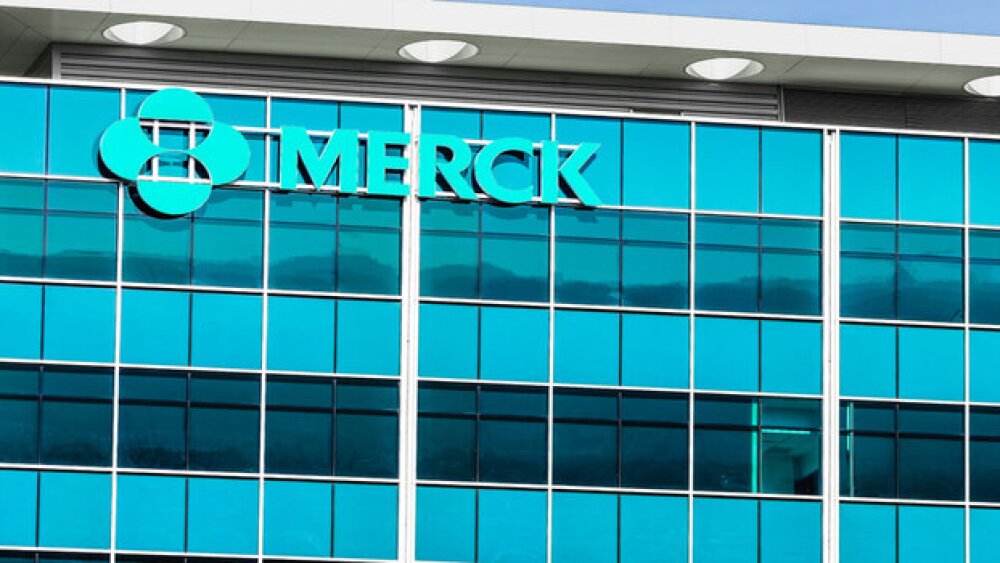The non-alcoholic steatohepatitis space is still a “big mystery,” analysts tell BioSpace, but its connection to weight loss could provide an additional opportunity for contenders.
Pictured: A maze representing the complexity of NASH /Nicole Bean for BioSpace
Once a hot target for investors, the non-alcoholic steatohepatitis space has hit a succession of snags this year—so many that some analysts believe big pharma is no longer interested in taking the risk. This could make getting the first targeted therapies to the market tricky, but experts say the adjacent weight loss space offers a compelling opportunity.
Non-alcoholic steatohepatitis (NASH) is a heterogeneous disease made up of three components: liver fats, inflammation and a form of liver cell damage called ballooning, said Brian Lian, president and CEO of Viking Therapeutics, which is developing a drug for the condition. Multiple factors contribute to the development of the disease, Lian told BioSpace, including diabetes, obesity and elements of metabolic syndrome such as hypertension. NASH can lead to liver fibrosis, cirrhosis and liver cancer, with the most advanced patients eventually requiring a liver transplant.
Developing a drug that addresses all of this complexity can be challenging. More than 20 NASH programs have been discontinued, halted, and/or experienced clinical setbacks, according to data compiled by Madrigal Pharmaceuticals and confirmed by BioSpace, with the most recent being the late-stage trial failure of Akero Therapeutics’ efruxifermin (EFX). This followed Intercept Pharmaceuticals’ failure—for the second time—to secure FDA approval for obeticholic acid (OCA) tablets, due largely to safety concerns, and the company’s subsequent exit from the market.
Next up in front of the FDA, Madrigal in late September announced a $500 million push to support its clinical and commercial activities leading up to a potential launch of its NASH candidate, resmetirom. But Mayank Mamtani, head of healthcare research at B. Riley Securities, said the fact that Madrigal has not been able to secure a development deal is an indication of big pharma’s lack of interest in the space.
This is Madrigal’s second financing round within the span of a year. Last December, the company announced that resmetirom hit both primary endpoints and a key secondary endpoint in its pivotal Phase III trial. Two days later, it announced a $300 million raise.
Graig Suvannavejh, a senior biopharma and biotechnology equity research analyst at Mizuho Americas who does not cover Madrigal, said that $300 million is a “small amount” and that the company would have raised a lot more money if it had intended to move forward with the launch on its own. “I think they thought that they would get acquired,” he said.
But Madrigal CEO Bill Sibold said that being acquired was never the plan. “Our strategy here is to build the leading NASH company in the industry,” he told BioSpace.
The Players
The FDA is expected to render a decision on resmetirom by March 2024, but Suvannavejh said that even if it is approved, there will be room for others to come in and “potentially do better.” He said NASH candidates that are of interest to most investors fall into two main buckets: thyroid hormone receptor-beta (TRβ) agonists and fibroblast growth factor 21 (FGF21) analogs.
TRβ Agonists
Thyroid hormone receptor beta (THR-β) is essential for liver homeostasis through the metabolic actions played by these thyroid hormones. THR-β agonists have been shown to improve lipid metabolism. The following candidates fit into this class:
Madrigal: Resmetirom; Phase III; PDUFA: March 14, 2024
Viking Therapeutics: VK2809; Phase IIb ongoing
Terns Pharmaceuticals: TERN-501; Phase IIa; Phase IIb/III program planned for 2024.
FGF21 Analogs
Fibroblast growth factor 21 regulates multiple metabolic pathways and cellular processes. These drugs are designed to mimic and/or prolong the biological activity of FGF21.
Akero Therapeutics: Efruxifermin (EFX); Reported positive Phase II data in F1-F3 liver fibrosis due to non-alcoholic steatohepatitis (NASH); Missed the primary endpoint in Phase IIb in F4 NASH.
89bio: Pegozafermin; Phase II: Hit primary histology endpoints in Phase IIb
Other Mechanisms
These companies seek to address NASH through different mechanisms of action.
Novo Nordisk: Semaglutide; a GLP-1 analog that stimulates the same receptor as natural GLP-1 hormone, a hormone that enhances the secretion of insulin; Phase III
Hepion Pharmaceuticals: Rencofilstat; an inhibitor of cyclophilins, which are key culprits in disease processes such as cell death, fibrosis and cancer cell growth and metastasis; Phase II: Hit primary and secondary endpoints.
Galmed Pharmaceuticals: Aramchol; a liver-targeted SCD1 modulator that regulates hepatic lipid metabolism and has demonstrated downregulation of steatosis, inflammation and fibrosis; Phase III: Reported positive data from the open-label Phase III ARMOR trial.
The Market Opportunity
Apart from the R&D and regulatory setbacks, the opportunity for investors—and big pharma—is unclear for another reason, Suvannavejh said: demand.
The number of NASH cases in the U.S. is projected to hit 27 million in 2030, according to the scientific journal Frontiers. “By the numbers, there are a lot of patients that have NASH,” Suvannavejh said. The challenge is that NASH is a “silent disease. Patients don’t feel their NASH,” he continued. And because there are currently no approved drugs for the condition, “We really don’t know . . . even if one had NASH, how many people would actually get treated for their NASH.” For this reason, the actual commercial revenue opportunity for industry is “one of those big mysteries.”
Sibold agreed with the last point, saying, “It takes a bit of a leap of faith to invest in and stay with the trials and tribulations of a new indication. Once somebody paves a path, though, and shows that it’s possible, the interest is renewed.”
NASH also dovetails etiologically with one of biopharma’s hottest spaces: GLP-1-based weight loss drugs. A drug that significantly reduces liver fibrosis could be “very complementary” from an M&A standpoint for a pharma company with one of these drugs in its portfolio, Mamtani said.
Fibrosis, or scarring of liver, is assessed by a NASH CRN fibrosis scoring methodology on a continuum that ranges from stages F1 to F4. F4 NASH is more inflammation-driven, while the earlier stages are more metabolically driven. In recent years, GLP-1-based weight loss drugs have shown compelling activity in F2-F3 NASH by reducing weight, improving metabolic health and removing liver fat, according to Mamtani.
“This has created an expectation for weight-neutral drugs, such as Madrigal’s resmetirom and Akero’s EFX, to leverage their more liver-targeted activity in either more advanced disease such as NASH F4, or be used in combination with GLP-1s in NASH F2 and F3,” Mamtani said.
Lian agreed that a therapy like VK2809 would be a good addition for a company with a weight loss drug. “You could use VK2809 as a drug that’s really targeted to the liver to address what’s going on [there], and then later on a GLP-1 to address what’s going on more peripherally with overall body weight, or vice versa,” he said. “The mechanisms on paper really mesh quite well.”
Conversely, Lian said there is a sentiment among NASH watchers that the more widespread use of GLP-1 agonists such as Novo’s Wegovy reduces the market opportunity for dedicated NASH agents. However, he pointed out, “A lot of people who have NASH aren’t overweight. Asians, in particular, get a leaner form of NASH, so they wouldn’t necessarily be candidates for a weight loss drug.”
The FDA has set an action date of March 14, 2024, by which it must make a decision on resmetirom. Sibold expressed confidence in his company’s chances. “After we are successful in [the] approval and launch of [resmetirom], I think you’re going to see a lot more people interested in studying NASH and you’ll see the pipeline grow,” he said.
Heather McKenzie is a senior editor at BioSpace. You can reach her at heather.mckenzie@biospace.com. Follow her on LinkedIn and X @chicat08.






